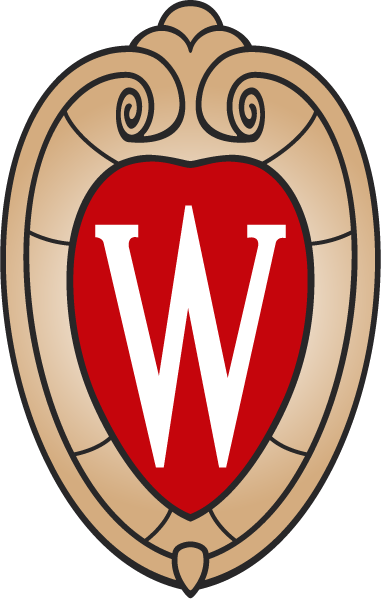
Course Overview
Increase your skills and competencies while expanding your knowledge of railroad engineering, operations, and management. You will understand:
- Railroad operating fundamentals and management
- Railroad track structure—sub-ballast, ballast, ties, rail
- Railroad engineering—alignment
- Special trackwork
- Signals, crossings, bridges, yards, and facilities
- Freight, inter-city passenger, and transit
- Case studies, examples, and more.
Who Should Attend?
- Railroad employees
- Consultants and contractors
- Local, state, and federal officials
- Engineers and technicians
Course Outline
Railroad Industry Overview
- Introduction to the world of freight, transit, inter-city passenger, high-speed and other rail.
- History/railroad facts
- Track network
- Train types/car types
- Industry trade groups
- Regulatory agencies
Railroad Operating Fundamentals
- Operating ratio
- Train movements
- Modeling
- Stringlines
- Track charts
Track Structure
Learn in detail the importance and standard practices of all aspects of the track structure beginning with the importance of drainage and subballast up to the top-of-rail for a variety of applications and situations.
- Drainage
- Subballast
- Ballast
- Ties
- Rail
- Special trackwork: turnouts, frogs, and other
Track Alignment
- Design and maintenance characteristics
- Track gauge
- Vertical alignment
- Horizontal alignment
- Track stiffness
- Clearances
- Design Criteria
- Difference between rail and highway, freight and transit
Bridges and Structures
- Bridge types
- Design loadings
- Bridge ratings
- Inspections and FRA 237 Bridge Management
Signals
- Block signal systems
- Track circuits
- Aspects and indications
- Positive train control
Traction Power
- Equipment
- Overhead contact systems
- Third rail
Crossings
- Geometric design
- Warning devices
- Pre-emption
Instructors
Jeff Keating
Jeff Keating, PE is currently a Senior Project Manager-Rail with WSP in Chicago with 44 years of experience in the design, construction and maintenance of rail transit and railroad projects. He has been employed by Class 1 railroads, a transit agency, a contractor and as a consultant. He has held senior engineering and project management roles in dozens of transit, rail, and highway projects throughout the United States and has experience in program management, project management and quality management.
Michael Loehr
Michael J. Loehr, PE, is the Global Technology Leader at U.S. Rail & Transit for Jacobs Engineering in Richmond, Virgina. Loehr leads the development of innovative and cost-effective designs for rail and transit practice projects throughout the United States and assists project managers and project teams in response to specific client needs and project requirements. He has more than 44 years of extensive engineering, design, and construction experience on a wide variety of railroad industry projects, including 10 years with Consolidated Rail Corporation (Conrail), and 34 years of consulting. His expertise and insight have been developed through his work on passenger rail facilities, high speed rail projects, freight rail installations, railway bridges, commercial and industrial sites, and highways. He has worked on projects throughout North America as well as Indonesia, China, Jamaica, Africa, and the Middle East.
Past dates
Introduction to Railroad Engineering and Operations
Course #: RA00336Introduction to Railroad Engineering and Operations
Date: Mon. October 24, 2022 – Tue. October 25, 2022ID: RA00336-C641
interpro.wisc.edu/RA00336
Fee:
- $1,195
-
Face-to-Face Fee covers morning and afternoon breaks, scheduled lunches, course materials and face-to-face instruction.
Online Fee covers course materials and online instruction.
- CEU: 1.3
- PDH: 13
